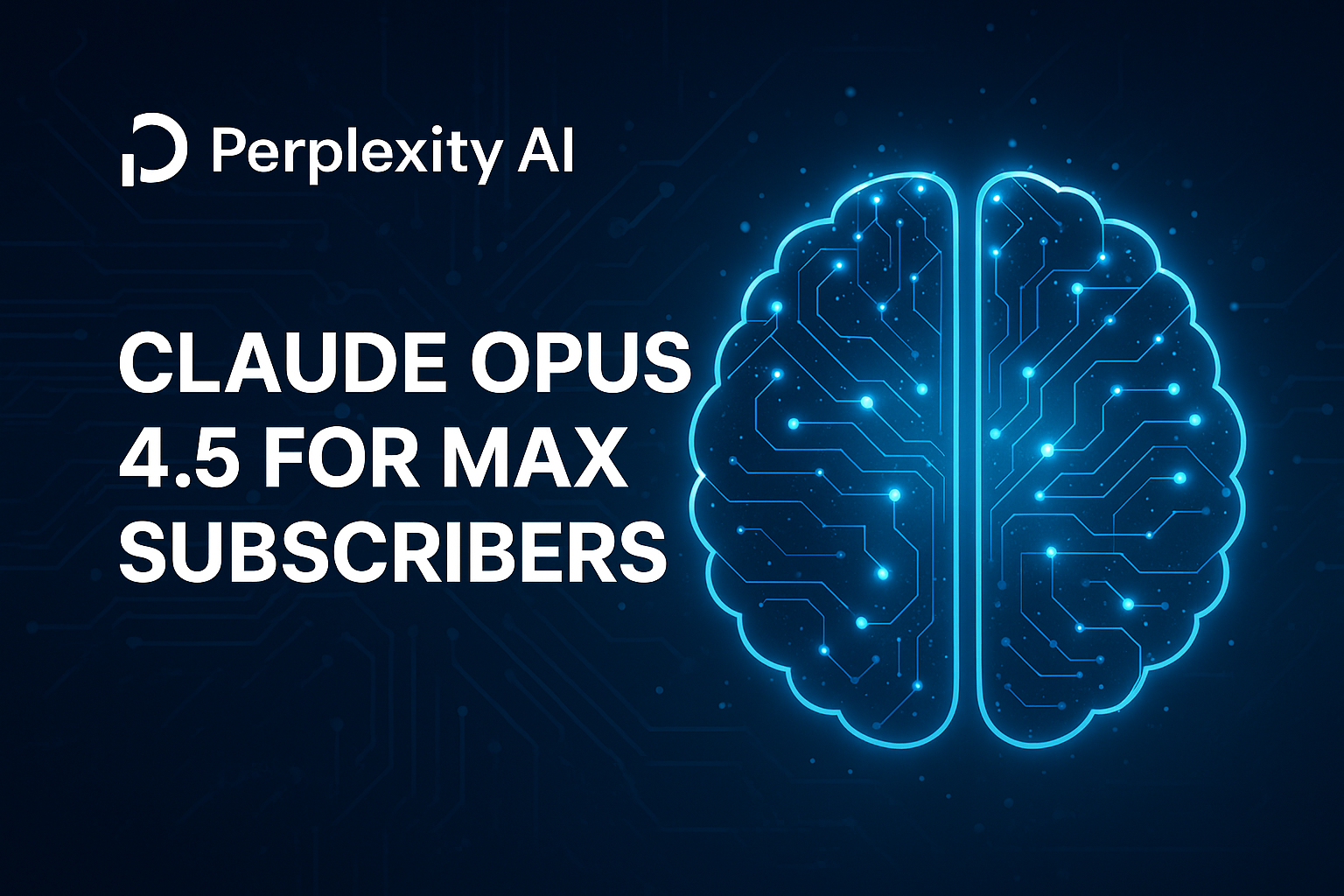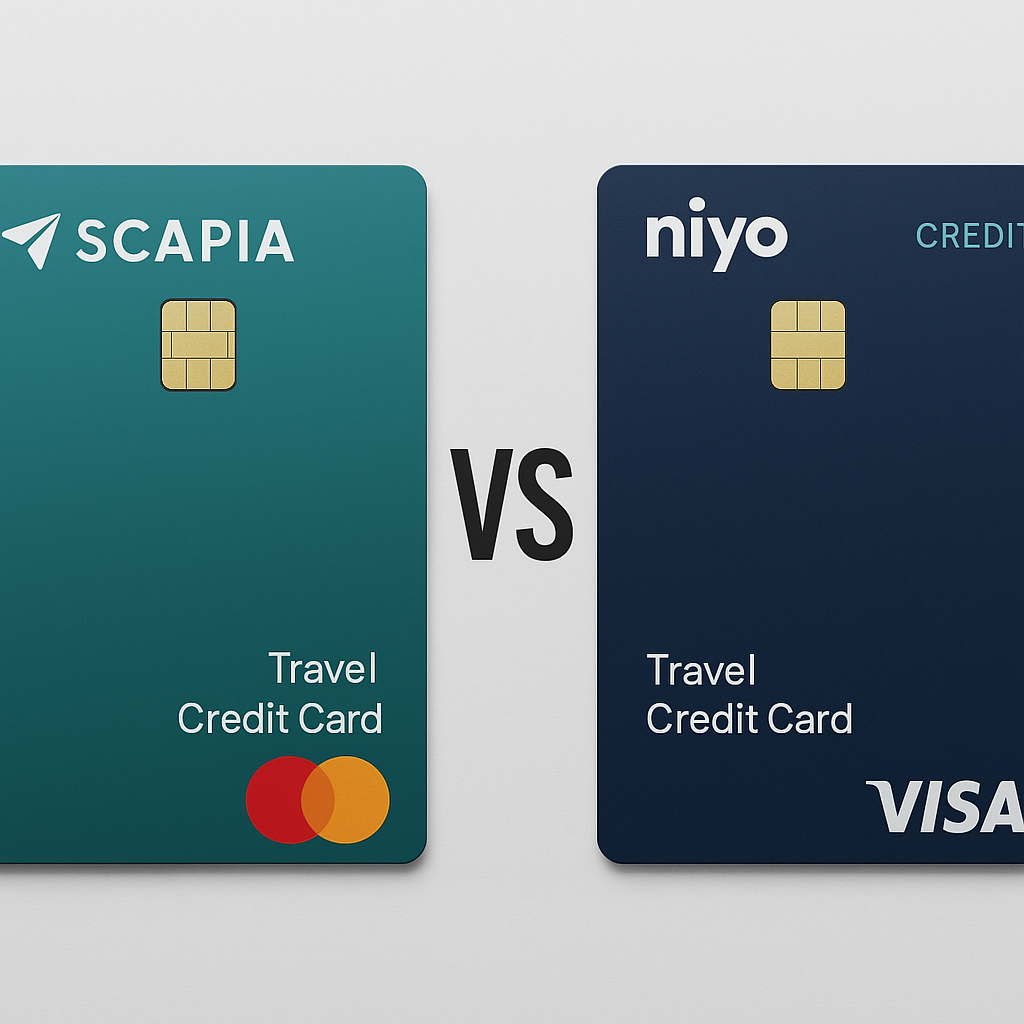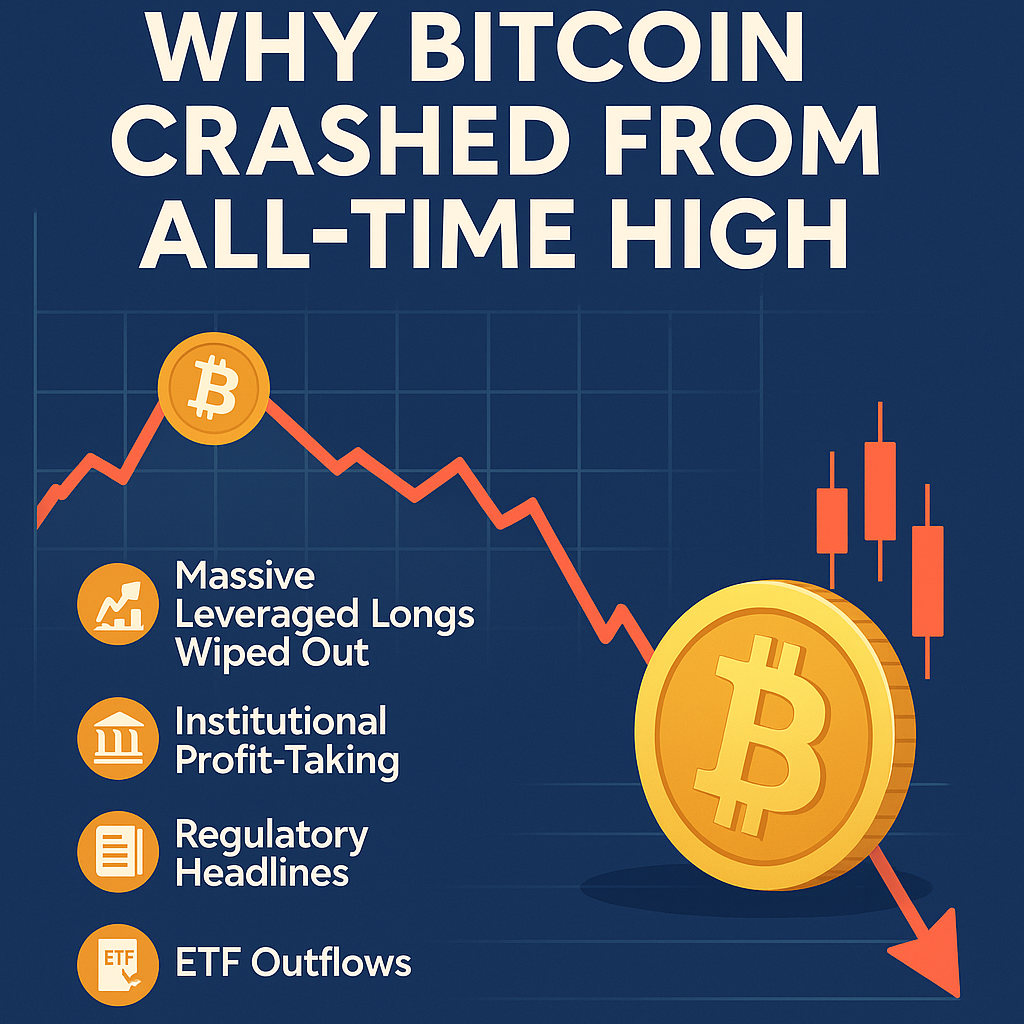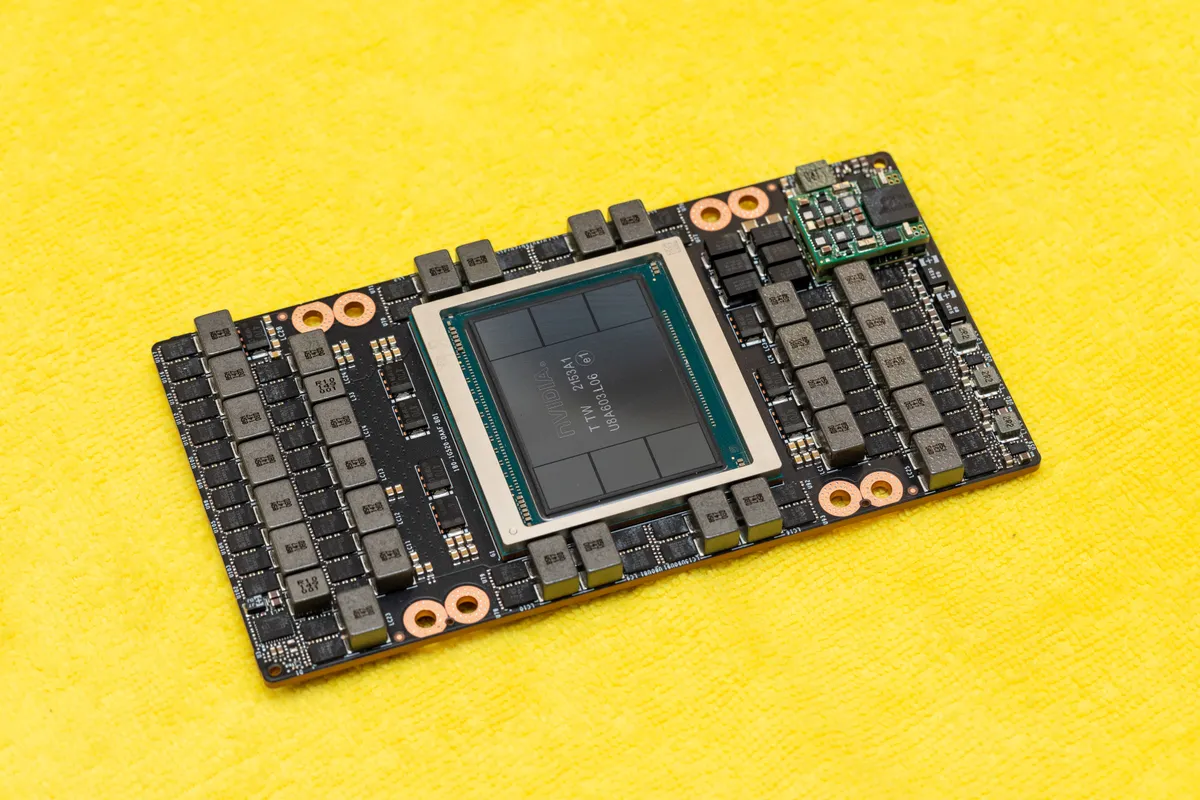Perplexity AI Unleashes Claude Opus 4.5 for Max Subscribers — Here’s What It Means for Developers & Enterprises

Why This Launch Matters
- Top-tier AI model meets mass availability. The release of Claude Opus 4.5 — previously only for select users — to Perplexity AI Max subscribers makes a frontier-class AI model far more accessible.
- Better performance at lower cost. Compared with earlier versions, Opus 4.5 is significantly more efficient at complex tasks while using fewer tokens.
- A leap for coding and long-context tasks. With Opus 4.5, you get strong gains in coding quality, multi-step reasoning, and the ability to handle long conversational contexts — useful for codebases, documents, research, and more.
- Enterprise and productivity features unlocked. The model supports advanced agentic workflows, spreadsheet automation, document generation and more — making it a compelling tool for developers, analysts, and teams alike.
- Perplexity AI Claude Opus 4.5
What’s New in Claude Opus 4.5 — Key Features Breakdown
✅ Superior Coding & Reasoning
Opus 4.5 is designed for robust code generation. It outperforms previous models — handling messy, ambiguous requirements, refactoring multi-repo codebases, and delivering clean implementations across languages.
Its performance on industry benchmarks is also impressive: Opus 4.5 hits 80.9% on the SWE-Bench Verified test — making it some of the strongest AI coding models available today.
🔄 Long-Context & Multi-Step Task Handling
One of Opus 4.5’s standout upgrades is its ability to handle long conversations and tasks. It can sustain context over extended sessions — essential for projects that involve research, drafts, revisions, documents, or multi-step workflows.
Whether you’re drafting a detailed report, iterating on design spec, or handling complex engineering tasks — you no longer need to break everything into small chunks.
🧰 Agentic Workflows & Tool-Use — Real Productivity Gains
Opus 4.5 isn’t just about chat or code. It supports “agentic” workflows: automation, spreadsheet generation (with pivot-tables/charts), presentation building, and complex document creation.
For enterprises and teams that rely on repeated, structured tasks — this could dramatically boost productivity and cut down manual work.
💸 Better Pricing, Greater Accessibility
Access to Opus 4.5 is now more affordable than earlier flagship versions. The new token-based pricing makes it viable for both developers and organizations — reducing cost barriers for advanced AI adoption.
Combined with its availability on major clouds and via API, the model becomes a practical, scalable solution for both small teams and large enterprises.
Who Benefits Most — Use Cases & Ideal Users
- Software engineers & development teams — for code generation, refactoring, debugging, design proposals.
- Analysts & data teams — for spreadsheet automation, data cleaning, complex modeling.
- Knowledge workers & enterprises — for document creation, report generation, slide decks, research synthesis.
- Startups & small teams — get enterprise-class AI without enterprise-class budgets.
- AI adopters and early movers — those wanting to experiment with agentic workflows and long-context reasoning workflows.
What You Should Do (Actionable Recommendations)
- If you’re a Perplexity Max subscriber — test Opus 4.5 for complex tasks like code, data workflows, or multi-step documents.
- For teams or businesses — consider integrating Opus 4.5 via API to automate repetitive workflows and speed up delivery.
- Compare with other AI models — for coding and automation tasks, Opus 4.5 now stands among the top performers; test it against alternatives for your use case.
- Plan projects that take advantage of long-context and multi-step reasoning — Opus 4.5 shows its true strengths when work spans multiple phases or requires deep context.
The Bigger Picture — What This Means for AI Landscape
With this launch, Perplexity AI (via its partnership with Anthropic) is pushing frontier-class AI from elite labs into mainstream workflows. Opus 4.5 blurs the lines between toy-chatbots and real productivity tools.
As AI becomes more capable of handling real programming, automation, and complex reasoning — expect a shift in how organizations view “AI adoption.” It’ll likely go from “nice-to-have” to “core infrastructure.”
The pricing and accessibility changes may accelerate enterprise AI adoption globally — especially in software-driven industries, data-first teams, and anywhere efficiency matters.
🔎 Final Thoughts
Claude Opus 4.5 isn’t just another model — it’s a strong signal of what the next phase of AI will look like: deeply capable, efficient, and accessible. For developers, analysts, or teams seeking to future-proof their workflows — this launch is worth paying close attention to.
Whether you want to write better code, automate your data workflows, or bring AI-powered efficiency to your team — Opus 4.5 could be the tool that pushes things from “possible” to “practical.” -Perplexity AI Claude Opus 4.5.
Read more🌐 about latest Tech updates on out Technology and Learning labs Category Section
Also read our previous article on Google Firebase Studio
#ClaudeOpus4_5 #PerplexityAI #AI #LLM #coding #enterpriseAI #productivity #technews





